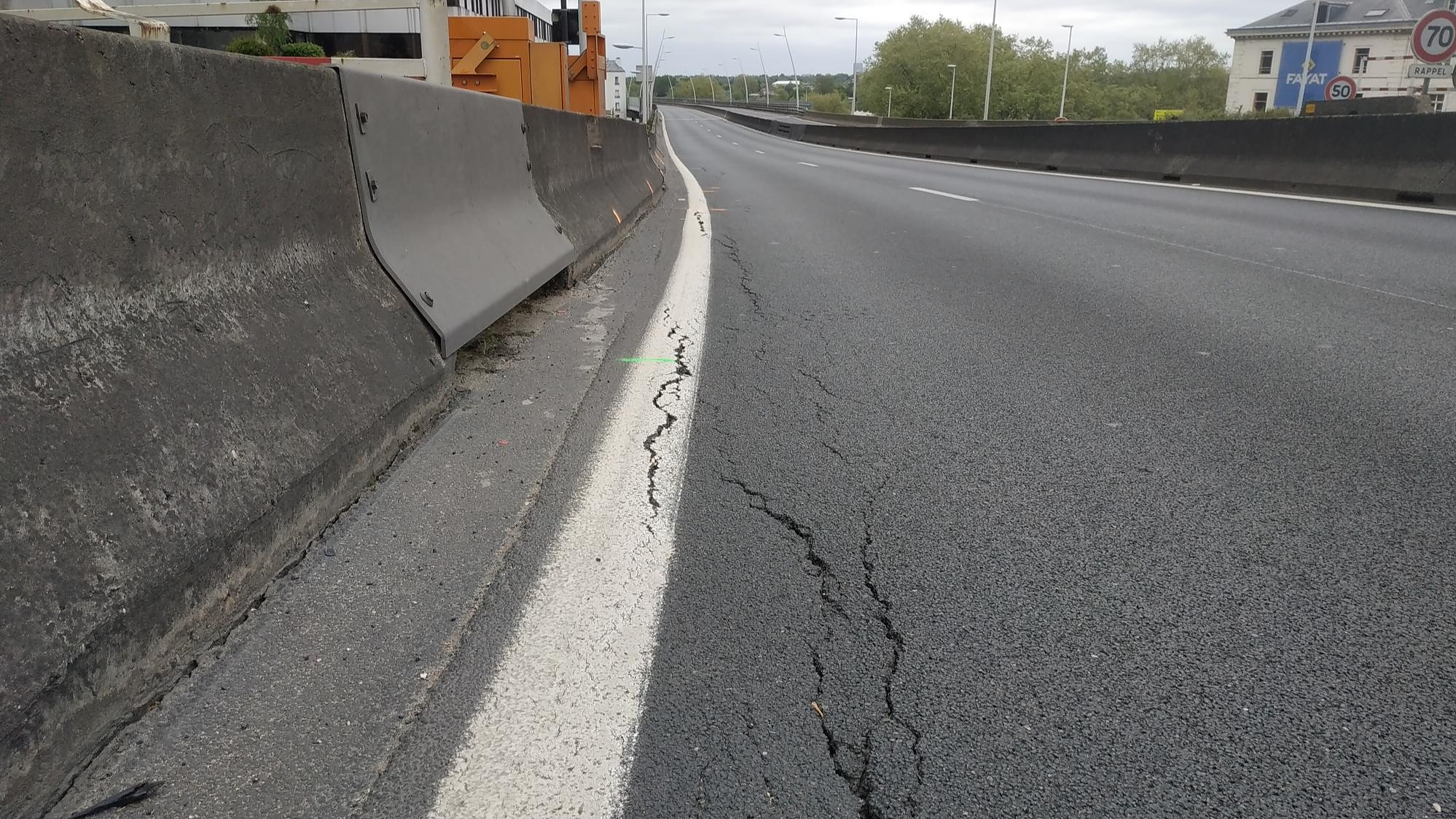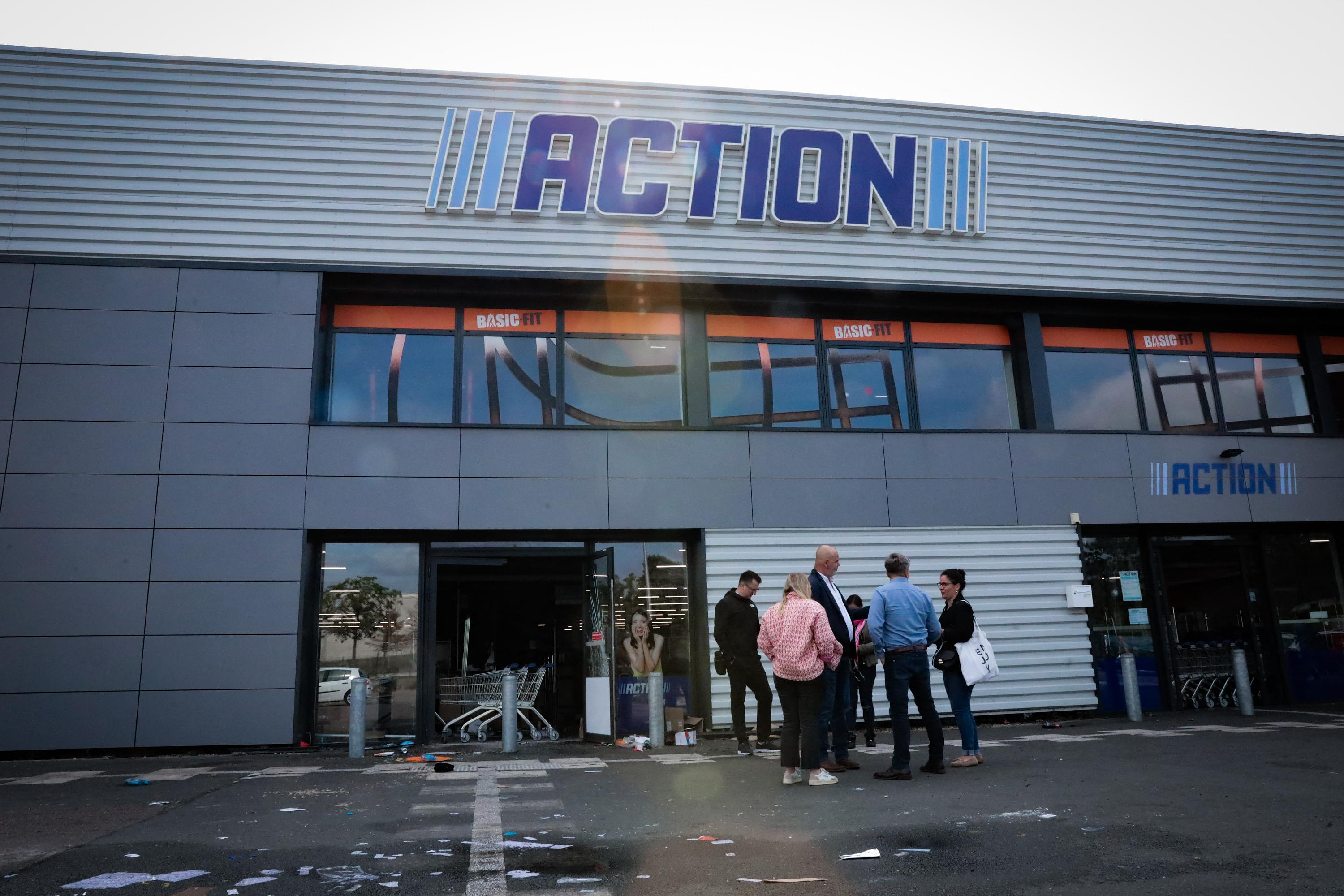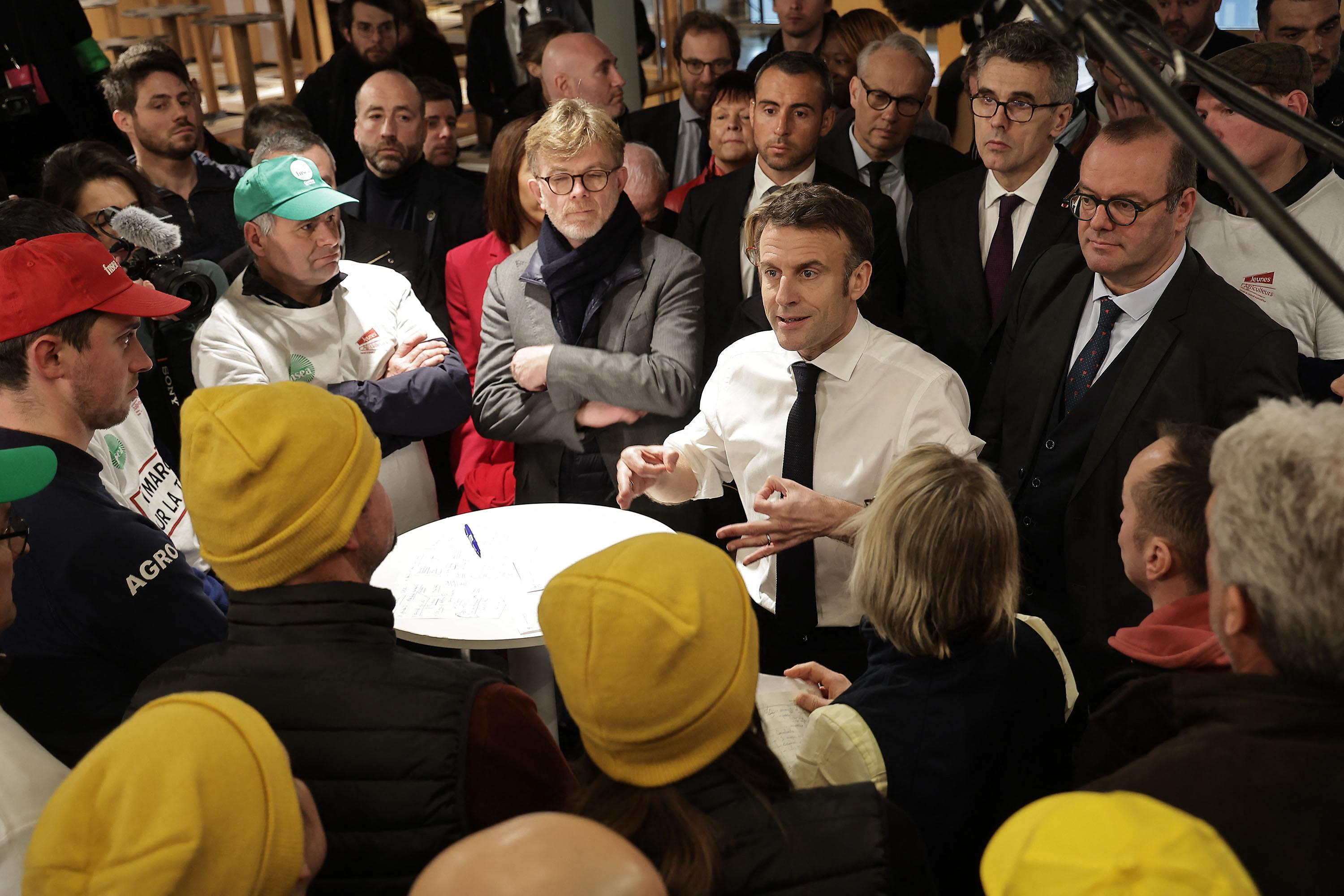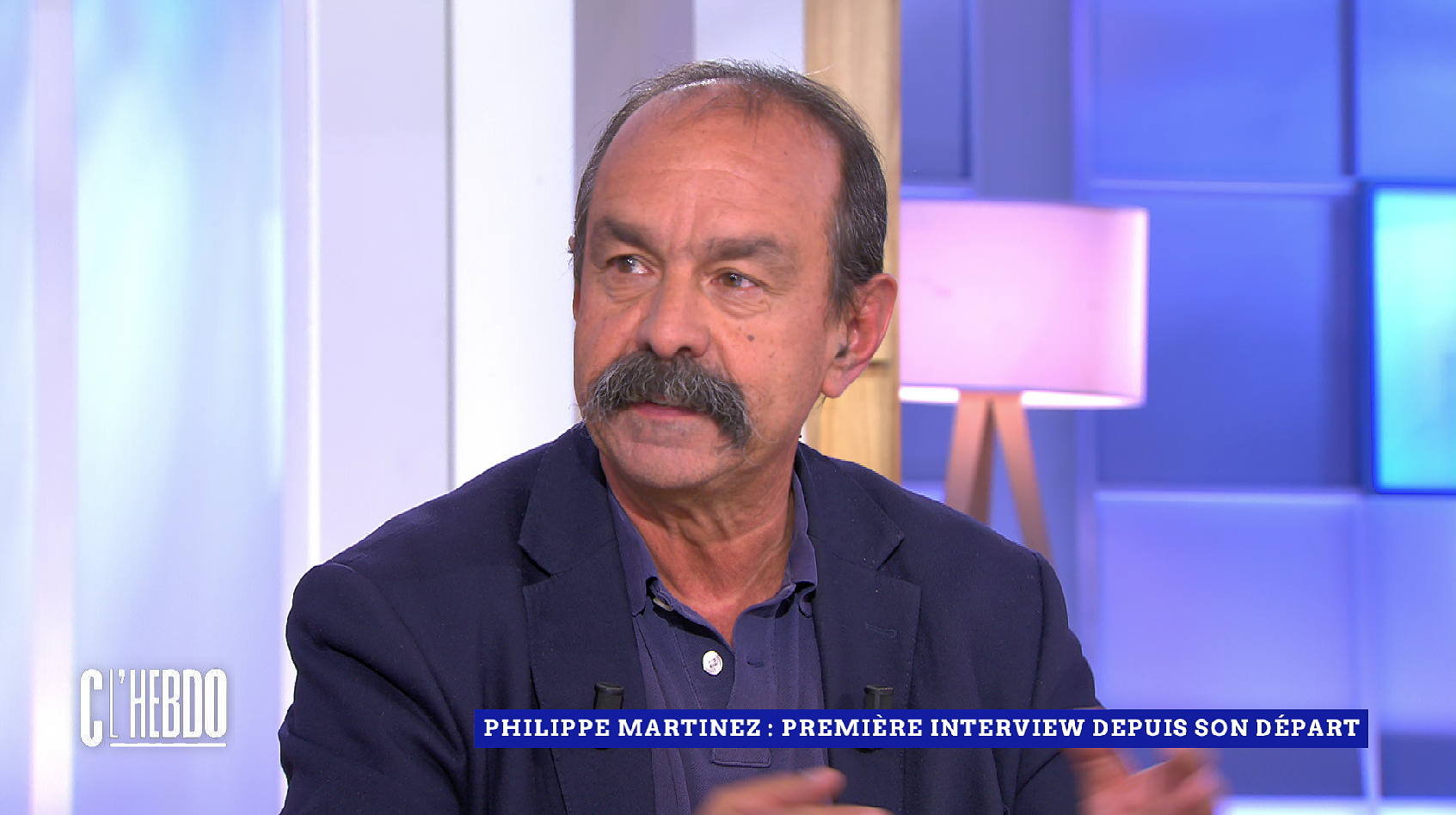Two maneuvers are engaged. One, on the forehead, progresses laboriously and is measured kilometer by kilometer, axis of effort by axis of effort, as the observers say. Russia has claimed progress in the Kupyansk region. Fighting continues near Urozhaine or Robotyne. Ukrainian forces are also trying to gain a foothold on the left bank of the Dnieper, near Kherson...
The other maneuver takes off. It strikes deep into bridges, logistics lines, military infrastructure and, as far as the Russian army is concerned, civilian targets. Two months after the start of the Ukrainian counter-offensive, the front is still more or less frozen. Ukrainian forces are looking for a loophole. The Russians continue their logic of exhaustion of their opponent. The number of dead and wounded continues to increase even if the war is fumbling.
The counter-offensive "is probably progressing more slowly than we would like", Ukrainian President Volodymyr Zelensky agreed in an interview with Latin American media. "'But I know it's more difficult for the Russians,'" he insisted. “Our people have fatigue in their eyes, but in their eyes there is fear. We will have to endure if we want to win,” he added. The voluntarism of the Head of State, who holds the morale of his people at arm's length, does not mask the emerging doubts. Wouldn't the counter-offensive bog down? According to CNN, citing Western officials, the reports from the front are "disappointing".
Each side seeks to disrupt the other by hitting its rear. Russia tries to paralyze its adversary. Ukraine wants to create tactical opportunities. Not only. On Wednesday, two drones were shot down while flying towards Moscow. The attack is symbolic. A major explosion hit an optical component factory near the Russian capital. The Zagorsk Optical-Mechanical plant also equips the Russian security forces.
The war has strayed, again, far from the front. On Monday evening, Russian missiles hit the city of Pokrovsk, in the Donbass. The Kremlin claims to have targeted a command post. kyiv denounced the bombardment of civilian buildings including a hotel frequented by journalists covering the conflict. On Sunday, in the west of the country, Russia had bombed the Khmelnytsky region, which is home to an air base.
The lack of air support is one of the major shortcomings of Ukrainian operations. On the same day, Ukraine targeted the Chongar bridge in Crimea and another near Henichesk in the same region. Crimea is a political target for Ukraine but also hosts the rear bases of the Russian front. On Saturday, Russia bombed a blood transfusion center.
The moment is particularly difficult for Ukraine, which is trying to turn the tide of the war. Its resources are limited, as is its stock of ammunition. In a defensive position, Russia is playing for time. For months, it has also had time to consolidate its lines of defense. Unable to break through, cross minefields and sneak through enemy electronic jamming, Ukrainian forces are looking for vulnerabilities in the Russian zone. By hitting the logistical axes, they hope to cut off the front of its resources.
"Gradually, war is returning to the territory of Russia, to its symbolic centers and military bases, and this is an inevitable, natural and absolutely just process," Ukrainian President Volodymyr Zelensky said in late July. The delivery of Scalp or Storm Shadow precision missiles also increased the accuracy of strikes. The extension of the conflict in the occupied zones is part of the Ukrainian strategy to try to influence the Russian posture.
The prospect of regaining ground, on the other hand, is receding or, at the very least, slow to appear. “ The counter-offensive can succeed in several ways ”, nevertheless wrote the analysts of the ISW, who follow the conflict daily, in a note published at the beginning of August. The Ukrainians could achieve "a breakthrough" with the help of mechanized armor. Or else the "tired and demoralized" Russian soldiers could withdraw.
These two scenarios are " possible but unlikely ", the authors lucidly believe. This leaves a third hypothesis: "'A regular campaign of pressure and interdiction backed by major efforts such as those now being deployed can create breaches in Russian lines which Ukrainian forces could exploit first locally and then for deeper penetrations. »
This strategy of slowness, obstinacy and mousehole requires long-term support from Westerners. Ukraine could "thus maintain its pressure until the Russian forces offer cracks on the front line", writes the ISW. “The slow pressure campaign is aimed at minimizing Ukrainian losses. It is also not focused on attrition of the Russians, but rather on regularly forcing them out of their defensive positions,” explains the ISW. Westerners, short of available military stocks, anxious about the consequences of the war and the exhaustion of their public opinion, would no doubt have preferred a quicker outcome.

 B:SM will break its investment record this year with 62 million euros
B:SM will break its investment record this year with 62 million euros War in Ukraine: when kyiv attacks Russia with inflatable balloons loaded with explosives
War in Ukraine: when kyiv attacks Russia with inflatable balloons loaded with explosives United States: divided on the question of presidential immunity, the Supreme Court offers respite to Trump
United States: divided on the question of presidential immunity, the Supreme Court offers respite to Trump Maurizio Molinari: “the Scurati affair, a European injury”
Maurizio Molinari: “the Scurati affair, a European injury” Irritable bowel syndrome: the effectiveness of low-carbohydrate diets is confirmed
Irritable bowel syndrome: the effectiveness of low-carbohydrate diets is confirmed Beware of the three main sources of poisoning in children
Beware of the three main sources of poisoning in children First three cases of “native” cholera confirmed in Mayotte
First three cases of “native” cholera confirmed in Mayotte Meningitis: compulsory vaccination for babies will be extended in 2025
Meningitis: compulsory vaccination for babies will be extended in 2025 When traveling abroad, money is a source of stress for seven out of ten French people
When traveling abroad, money is a source of stress for seven out of ten French people Elon Musk arrives in China to negotiate data transfer and deployment of Tesla autopilot
Elon Musk arrives in China to negotiate data transfer and deployment of Tesla autopilot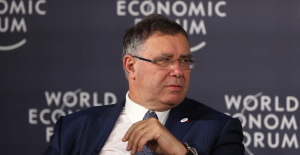 Patrick Pouyanné, CEO of TotalEnergies, is very reserved about the rapid growth of green hydrogen
Patrick Pouyanné, CEO of TotalEnergies, is very reserved about the rapid growth of green hydrogen In the United States, a Boeing 767 loses its emergency slide shortly after takeoff
In the United States, a Boeing 767 loses its emergency slide shortly after takeoff A charred papyrus from Herculaneum reveals its secrets about Plato
A charred papyrus from Herculaneum reveals its secrets about Plato The watch of the richest passenger on the Titanic sold for 1.175 million pounds at auction
The watch of the richest passenger on the Titanic sold for 1.175 million pounds at auction Youn Sun Nah: jazz with nuance and delicacy
Youn Sun Nah: jazz with nuance and delicacy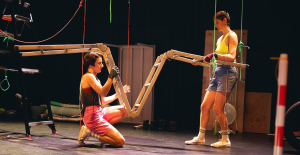 Paris Globe, a new international theater festival
Paris Globe, a new international theater festival Skoda Kodiaq 2024: a 'beast' plug-in hybrid SUV
Skoda Kodiaq 2024: a 'beast' plug-in hybrid SUV Tesla launches a new Model Y with 600 km of autonomy at a "more accessible price"
Tesla launches a new Model Y with 600 km of autonomy at a "more accessible price" The 10 best-selling cars in March 2024 in Spain: sales fall due to Easter
The 10 best-selling cars in March 2024 in Spain: sales fall due to Easter A private jet company buys more than 100 flying cars
A private jet company buys more than 100 flying cars This is how housing prices have changed in Spain in the last decade
This is how housing prices have changed in Spain in the last decade The home mortgage firm drops 10% in January and interest soars to 3.46%
The home mortgage firm drops 10% in January and interest soars to 3.46% The jewel of the Rocío de Nagüeles urbanization: a dream villa in Marbella
The jewel of the Rocío de Nagüeles urbanization: a dream villa in Marbella Rental prices grow by 7.3% in February: where does it go up and where does it go down?
Rental prices grow by 7.3% in February: where does it go up and where does it go down? Even on a mission for NATO, the Charles-de-Gaulle remains under French control, Lecornu responds to Mélenchon
Even on a mission for NATO, the Charles-de-Gaulle remains under French control, Lecornu responds to Mélenchon “Deadly Europe”, “economic decline”, immigration… What to remember from Emmanuel Macron’s speech at the Sorbonne
“Deadly Europe”, “economic decline”, immigration… What to remember from Emmanuel Macron’s speech at the Sorbonne Sale of Biogaran: The Republicans write to Emmanuel Macron
Sale of Biogaran: The Republicans write to Emmanuel Macron Europeans: “All those who claim that we don’t need Europe are liars”, criticizes Bayrou
Europeans: “All those who claim that we don’t need Europe are liars”, criticizes Bayrou These French cities that will boycott the World Cup in Qatar
These French cities that will boycott the World Cup in Qatar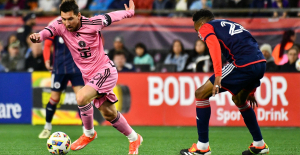 MLS: new double for Messi who offers victory to Miami
MLS: new double for Messi who offers victory to Miami PSG-Le Havre: Ramos on his way, Kolo Muani at the bottom of the hole… Favorites and scratches
PSG-Le Havre: Ramos on his way, Kolo Muani at the bottom of the hole… Favorites and scratches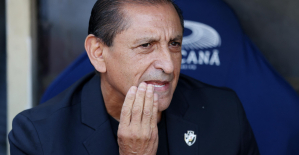 Football: Vasco da Gama separates from its Argentinian coach Ramon Diaz
Football: Vasco da Gama separates from its Argentinian coach Ramon Diaz F1: for the French, Ayrton Senna is the 2nd best driver in history ahead of Prost
F1: for the French, Ayrton Senna is the 2nd best driver in history ahead of Prost




